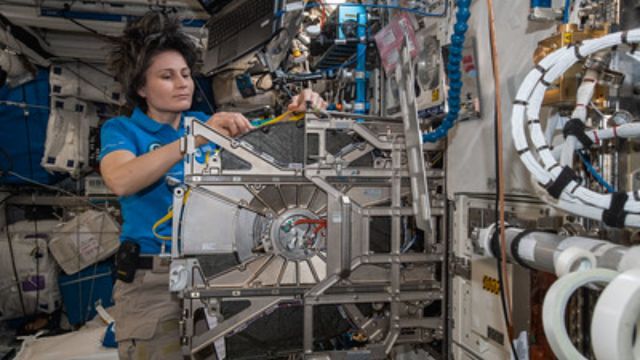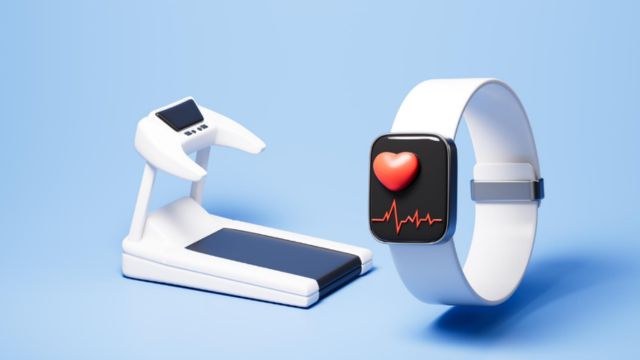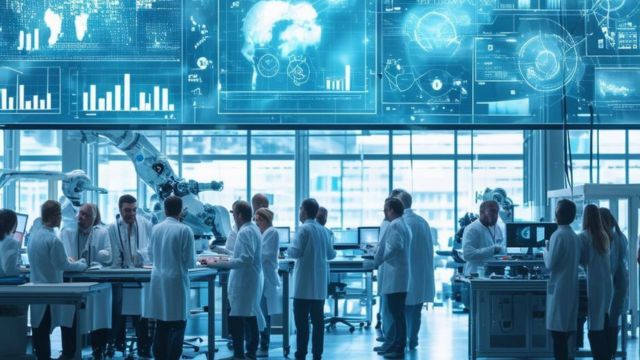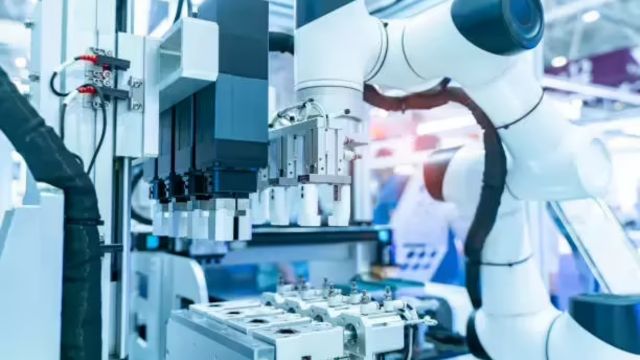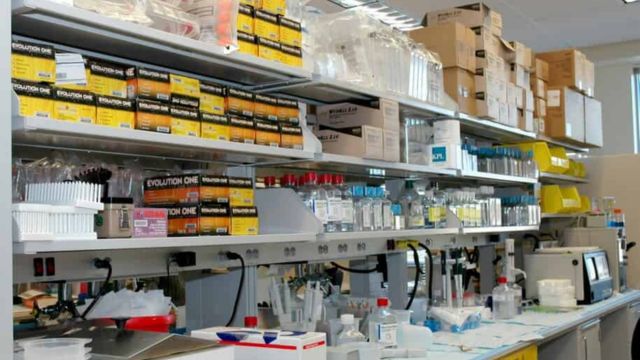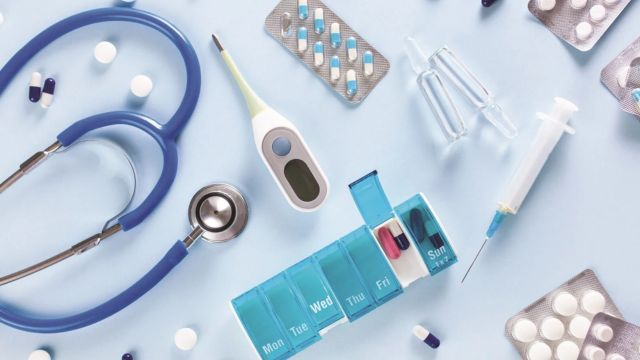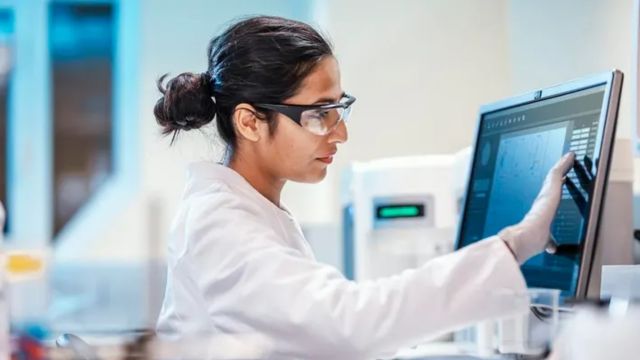As space exploration continues to evolve, so does the complexity of maintaining human health beyond Earth’s atmosphere. Clinical engineering plays a crucial role in this endeavor, ensuring that the medical technologies used in space are both functional and reliable. As we push the boundaries of space exploration, it is vital to explore the future of clinical engineering in space medicine and the critical role it will play in sustaining human health during long-duration missions.
The Role of Clinical Engineering in Space Medicine
Clinical engineering, which encompasses the application of engineering principles to the medical field, is central to ensuring the safety and health of astronauts in space. In an environment where traditional medical infrastructure is absent, clinical engineers must develop and manage medical systems and equipment capable of functioning in extreme conditions. This includes the design, maintenance, and optimization of medical devices that will be used on spacecraft and space stations.
The medical needs of astronauts are diverse and range from monitoring vital signs to treating potential illnesses or injuries. As space missions become longer and more frequent, clinical engineers must address unique challenges in the design and operation of medical systems. The tools and technologies used in space must not only be reliable and compact but also capable of functioning in the microgravity environment of space.
Key Challenges in Space Medicine
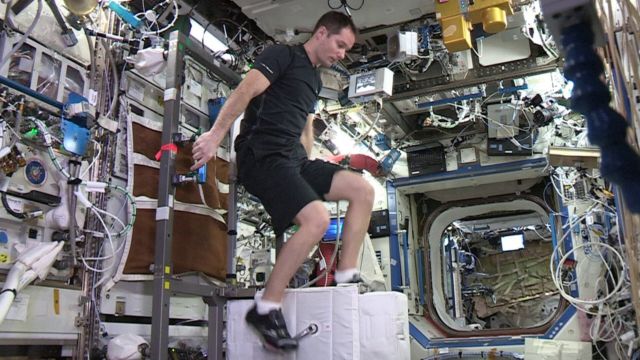
Microgravity and its Effects on the Body:
The absence of gravity in space causes significant physiological changes in the human body. Astronauts experience muscle atrophy, bone density loss, fluid shifts, and changes in cardiovascular health. Clinical engineers play a pivotal role in designing medical equipment that can monitor and mitigate these effects. Devices like wearable health monitors, advanced imaging systems, and portable dialysis machines are just a few examples of technologies clinical engineers are working to refine.
Limited Access to Medical Experts:
Unlike Earth, where astronauts can rely on immediate medical care from healthcare professionals, space missions require astronauts to rely heavily on their own medical knowledge and the equipment available to them. Clinical engineers must design equipment that is intuitive and user-friendly, even for non-medical personnel. Remote diagnosis and telemedicine also become crucial, with astronauts being able to consult Earth-based experts in real-time.
Radiation Exposure:
Space environments expose astronauts to higher levels of radiation compared to Earth. Clinical engineering must account for the potential health impacts of radiation, developing protective measures and diagnostic tools to monitor the astronaut’s exposure and health status. Devices capable of detecting early signs of radiation exposure and offering preventative measures are essential for long-term space missions.
Psychological Health:
Long-duration space missions, such as those proposed for Mars exploration, can have profound effects on astronauts’ mental health. The isolation, confined space, and stress of the mission can lead to anxiety, depression, and fatigue. Clinical engineers are tasked with developing technologies to monitor astronauts’ psychological well-being and provide solutions to address mental health challenges. Virtual reality (VR) tools, biofeedback systems, and even AI-driven therapy applications are areas that are being explored to improve astronaut mental health during extended missions.
Innovations and Technological Advancements
Several advancements in clinical engineering are helping pave the way for better health management in space. Here are some key innovations:
Telemedicine and Remote Monitoring: Space medicine has made significant strides in telemedicine. Advanced telecommunication systems and wearable health monitors allow astronauts to transmit real-time data to medical professionals on Earth. This enables remote diagnosis, continuous monitoring of vital signs, and timely interventions when necessary.
Portable Medical Devices: Due to space constraints, medical devices must be lightweight, compact, and multifunctional. New technologies are being developed to make medical equipment more portable and user-friendly, such as portable ultrasound machines and miniaturized blood analyzers.
Artificial Intelligence in Diagnostics: Clinical engineering in space will increasingly incorporate AI-powered diagnostic tools. These systems will help astronauts analyze their health status and make informed decisions based on real-time data. Machine learning algorithms can detect potential issues in vital signs or early symptoms of diseases that may go unnoticed by the astronauts themselves.
Regenerative Medicine: In the future, clinical engineers may play a role in developing regenerative medicine technologies, such as stem cell therapy or tissue engineering, to address injuries or medical conditions in space. These treatments could offer potential solutions for healing damaged tissues or bones that might result from prolonged space travel.
3D Printing for Medical Devices: Space missions require a level of self-sufficiency, especially during extended missions where resupply opportunities are limited. 3D printing could allow for the on-demand production of medical tools, spare parts, or even pharmaceuticals, providing astronauts with the flexibility to address any medical issue that arises.
The Future of Clinical Engineering in Space
As space exploration continues to grow, the need for robust clinical engineering solutions will become even more critical. The development of new technologies will allow clinical engineers to overcome the unique challenges posed by the space environment, ensuring that astronauts can maintain their health and well-being on long-term missions. In the future, clinical engineers may not only work with medical devices but also with spacecraft design to incorporate health and wellness technologies into the very fabric of space exploration.
With NASA’s ambitions for Mars missions and private companies working on commercial space travel, clinical engineering will play an indispensable role in the future of space medicine. The expertise of clinical engineers will be crucial to ensuring that the next generation of space travelers stays healthy and safe as they venture into the unknown.
Conclusion
The future of clinical engineering in space medicine is promising, with numerous advancements poised to transform how we maintain health in space. Clinical engineers will continue to develop innovative solutions to monitor and address the health challenges that astronauts face, from physical ailments to mental health concerns. As we explore further into space, the role of clinical engineering will be more essential than ever.
For more insights into the future of medical technology, clinical engineering, and space medicine, stay updated with the latest news and developments. Subscribe to our website for expert articles, tips, and guidance on the cutting-edge advancements shaping the future of healthcare and engineering.
FAQs
What is the role of clinical engineering in space medicine?
Clinical engineering ensures that medical technologies and devices used in space are reliable, functional, and able to operate in the extreme conditions of space. This includes everything from monitoring astronauts’ vital signs to addressing medical emergencies.
How do clinical engineers manage astronaut health in space?
Clinical engineers develop and maintain advanced medical devices, such as portable monitors and diagnostic tools, to help astronauts manage their health while in space. They also work on telemedicine systems for remote consultations with Earth-based medical teams.
What are the challenges of space medicine?
Some of the major challenges include the effects of microgravity on the body, limited access to medical experts, radiation exposure, and psychological stress during long-duration missions. Clinical engineers address these challenges by developing specialized equipment and systems.
What technologies are shaping the future of clinical engineering in space?
Key technologies include AI-powered diagnostic tools, wearable health monitors, telemedicine systems, 3D printing for medical supplies, and advancements in regenerative medicine.
How do clinical engineers contribute to long-duration space missions?
Clinical engineers play a vital role by designing and maintaining medical devices that ensure astronaut health and safety, while also working on solutions to mitigate the physical and mental challenges of extended space missions.

